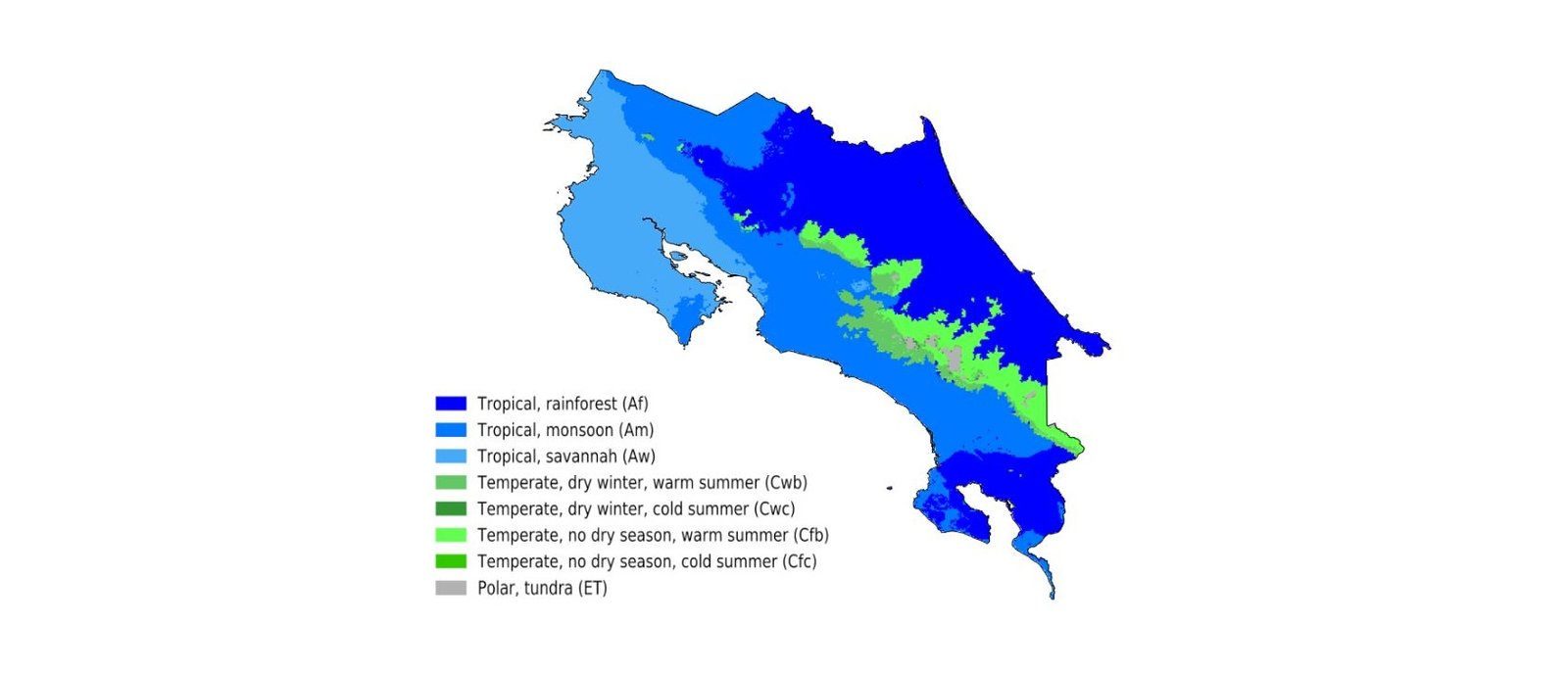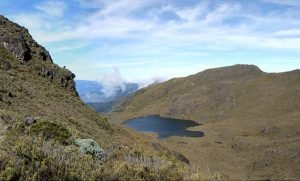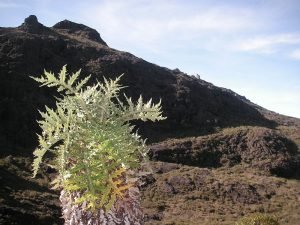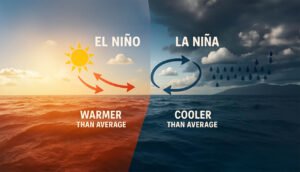The EIGHT Climates of Costa Rica

THE EIGHT CLIMATES OF COSTA RICA
Most people would tell you Costa Rica has a ‘tropical’ climate with a ‘wet’ and ‘dry’ season, which is grossly overgeneralized but, in general, correct. But did you know that our country has EIGHT different climate regions? Most of the Costa Rica is governed by one of three different types of a TROPICAL climate – but the higher areas and mountains hold climates typically seen in northern Europe and even Siberia!

THREE KINDS OF A TROPICAL CLIMATES
Except for the higher mountain areas along the central spine, Costa Rica’s territory falls under three types of TROPICAL climates: Tropical Rainforest, Tropical Monsoon and Tropical Savannah. These predominately differ in the severity of the dry season and the total amount of yearly rain – but, on an annual basis, the climates are hot and wet with varying degrees of seasonal variation.

TROPICAL RAINFOREST
This climate covers the eastern and southern parts of Costa Rica. This is the ‘wettest’ tropical climate -it is also very hot, very humid and shows little annual temperature variations (in fact the temperature difference between day and night is usually greater than temperature difference across the entire year). The distinction of this climate is that there is no true ‘dry’ season – while some months may be wetter than others, every month receives PLENTY of rain – on average at least 60 mm (2.4 in). Thick tropical jungles dominate the landscape and greenery is everywhere.
Some of Costa Rican cities that experience this climate are Limon, Puerto Viejo, Golfito, and Puerto Jimenez.
Global cities with tropical rainforest climate include Singapore, Kuala Lumpur, Suva (Fiji), Kampala (Uganda), Fort Lauderdale (USA), Hiko (Hawaii), Salvador (Brazil) and Leticia (Colombia).
TROPICAL MONSOON
This climate extends between the central spine and the Pacific Ocean, with the exception of Nicoya peninsula and immediate surrounding areas. This climate is also hot and humid but unlike the Rainforest version it holds distinct ‘wet’ and ‘dry’ seasons – although the ‘dry’ season may still receive plenty of rain. It also has more temperature variation than the Rainforest counterpart. Greenery and rainforests thrive in this climate.
Some of the Costa Rican cities that experience this climate are Ojochal, Dominical, San Jose, San Isidro and Jaco.
Global cities with tropical monsoon climate include Jakarta, Manila, Cairns (Australia), Male (Maldives), Freetown (Sierra Leone), Miami, and San Juan (Puerto Rico).
TROPICAL SAVANNAH
This climate dominates the Nicoya Peninsula and nearby areas. It features sharply defined wet and dry seasons. During the dry season, droughts are common, with little or no rain for months. Temperatures swing more noticeably, and the heat intensifies during the dry months.
As a result, tropical jungles give way to tree-dotted grasslands. Trees grow smaller and farther apart. The dry season turns the landscape hot and dusty. Grass and leaves often yellow under relentless sun and heat.
Cities like Puntarenas, Nicoya, Tamarindo, and Liberia experience this tropical savannah climate. Globally, it appears in places like Bangkok, Cancun, Cali, Mumbai, Havana, Lagos, Rio de Janeiro, and Darwin.
TROPICAL CLIMATES PRECIPITATION CHARTS
The charts below show monthly precipitation, in mm, for each of the three Costa Rican Tropical Climates. Note that as you move down, the dry season becomes more distinct and severe.




TEMPERATE
Temperate climates have average coldest-month temperatures between -3°C and 18°C (27°F to 64°F). And some types are called ‘subtropical’. In the northern hemisphere, these zones stretch from the Tropic of Cancer (23.5°N) to the Arctic Circle (66.5°N). Since Costa Rica sits between 8° and 11° north, it lies well south of the temperate zone. So what’s going on?
Simply put, it’s all about altitude. As Costa Rica’s central spine climbs above the lowlands, it reaches elevations where the air cools dramatically. Around 1,500 meters (5,000 feet), the climate shifts from tropical to temperate.
Costa Rica hosts four types of temperate climate. These vary by rainfall—some have dry seasons, while others stay wet year-round—and by temperature. At these heights, tropical jungles fade into oak and cloud forests. As elevation rises, trees shrink, gradually giving way to shrubs, ferns, and grasses.
For example, Cartago sits near 1,500 meters and experiences a borderline temperate climate due to its elevation.

Global cities which are located in one of the same four Temperate Climate zones are Mexico City, Addis Ababa (Ethiopia), Amsterdam, London, Vancouver, Bogota, Tokyo, Durban, New Delhi and Melbourne.
AND LASTLY – TUNDRA CLIMATE IN COSTA RICA? YES!

Costa Rica’s Tundra Climate is called ‘Alpine Tundra’, being a sub-classification of a Polar Climate. ‘Polar’ sounds like it should be located near the earth’s ‘Poles’ and not in the middle of a tropical country, which is usually the case!
In Costa Rica, common Tundra Climate plants include various stunted shrubs, dwarf bamboo, varieties of tree ferns, grasses and smaller plants like gooseberries, blueberries and orchids. The transition from TEMPERATE oak, rain and cloud forests to the low and stunted TUNDRA vegetation is gradual with some trees extending a bit higher into sheltered Tundra Climate valleys.

The Tundra Climate spans the globe. It covers northern Canada, parts of Greenland and Iceland, and the high mountains of Norway. It also reaches the peaks of the European and New Zealand Alps, northern Russia, parts of Alaska, and the Himalayas. Even Antarctica, the Andean summits, and the top of Kilimanjaro fall within its icy grasp.
This climate also touches Costa Rica. Cerro Chirripó, Cerro Bellavista, Cerro de la Muerte, and nearby ridges and valleys along the Cordillera de Talamanca all qualify. These areas sit above 3,000 meters—just under 10,000 feet—where temperatures drop and tundra conditions take hold.
SO MUCH VARIETY!
For such a small country, Costa Rica is extremely biodiverse – this is not just because of her tropical location but also due to the 8 climates, as each climate type can support different species of plants and animals, some being unique to a specific climate only and found nowhere else in Costa Rica. Costa Rica occupies just 0.03% of the Earth’s surface but hold 6% of the Earth’s biodiversity – and now you know why!
Costa Rica is indeed one of the most biodiverse countries in the world. We are home to over 500,000 species, which represent nearly 5% of the species estimated worldwide – and one of the reasons is the diversity of different climates that are home to very different types of animals! We are waiting for you to move here and be AMAZED by the variety – we are much more than just rainforests and beaches! RE/MAX WE SELL PARADISE is your trusted local real estate partner – while we patiently wait for your call, feel free to browse our local area listings – ocean view, jungle view, riverside, or high up in the coastal mountain cloud forests – whatever you are looking for, you are sure t find!



